November 16, 2024 | 04:45 GMT +7
November 16, 2024 | 04:45 GMT +7
Hotline: 0913.378.918
November 16, 2024 | 04:45 GMT +7
Hotline: 0913.378.918
New research from the Norwegian Seafood Council (NSC) reveals that 84.6% of Vietnamese consumers prioritize fish and seafood products marked with their country of origin when shopping, a figure that surpasses the global average of 71%.
This strong preference highlights Vietnam's leading role in a significant shift within the global seafood industry, driven by an increasing demand for transparency.

Vietnamese consumers prioritize fish and seafood products marked with their country of origin when shopping. Photo: Hong Tham.
As consumer awareness grows, the need for greater transparency across the supply chain becomes more urgent. In response, the seafood industry in Vietnam is rapidly embracing digital technologies to enhance traceability, improve environmental impact, meet evolving consumer expectations, and tighten regulatory requirements.
According to the NSC’s latest insight series, these technological advancements can potentially transform the entire value chain, making the industry more efficient, sustainable, and consumer-focused.
In addition to the demand for origin transparency, sustainability has emerged as a crucial factor influencing consumer choices in Vietnam. An impressive 82.2% of Vietnamese consumers prefer fish and seafood products that are sustainably sourced.
This strong consumer preference is reflected in the significant growth of Norwegian seafood exports to Vietnam. In the first half of 2024, Norway recorded a 13% increase in seafood exports to Vietnam and a 12% rise in value, totaling 32,744 tonnes worth nearly 120 millions USD.
BMs. Åshild Nakken, the Regional Director for Southeast Asia, NSC comments on the significance of these findings: “This overview offers a valuable deep dive into how digital innovations are revolutionizing the seafood industry. In Vietnam, we see this transformation firsthand as local companies adopt new technologies to meet the growing demand for transparency and sustainability. This digital shift is helping Vietnamese consumers access high-quality, sustainable seafood and driving the industry's growth and resilience in an increasingly competitive global market".
Retailers in Vietnam are at the forefront of this digital revolution, leveraging technology to boost productivity and enhance the customer experience.
Advanced tools like artificial intelligence (AI) analyze consumer behavior, predict demand, and streamline inventory management. This allows retailers to optimize product offerings and improve service personalization.

In Vietnam, seafood businesses are applying new technology to meet the growing demand for transparency and sustainability. Photo: Duy Hoc.
Some forward-thinking retailers are going even further by using algorithms to inform product development and optimize pricing.
Additionally, a few pioneers are creating immersive ‘phygital’ (physical and digital) shopping experiences, blending the physical and digital worlds to provide consumers with an engaging and seamless experience. However, despite these advancements, some digital innovations - such as QR codes - are still in their infancy within the seafood industry.
Mr. Kjetil Hestad, Director of Aquaculture and Market Access at Sjomatbedriftene (known as the Norwegian Seafood Federation), explains the potential of QR codes: “As QR codes replace barcodes, there’s a huge opportunity to educate consumers about every detail: from country - or even square mile - of origin, to what the fish was raised on and how you might like to cook it. But this potential is not yet being used to its full capacity.”
Hestad also highlights the challenges, noting that many consumers need to be aware of the information available through QR codes, even though it could be precisely what they want to know. “Consumer education is vital, and it needs to be done on a large scale at both the company and organizational levels. The only way we can allow consumers to use QR codes is to help them understand what these codes are".
Innovative retail practices in other markets exemplify the potential benefits of QR codes. In China’s Hema Fresh, innovative technology allows customers to scan QR codes on products to access detailed information, including when the seafood was harvested, where it was sourced, and when it was delivered to the store. Payment can be made through the Hema app, and the in-store dining experience - complete with robot staff - attracts many customers. This seamless integration of digital and physical shopping experiences showcases the future potential of "phygital" retail in Vietnam.
The new insight from the NSC is part of its ongoing trends series, with the latest article expanding on themes from the "Oceans of Change: Seafood Trends from 2024" report. This report provides a comprehensive overview of the global seafood market trends. It features exclusive data from the NSC’s Deep Dive reports, which track the buying behavior and attitudes of around 18,000 consumers across 17 countries.
Translated by Hong Tham
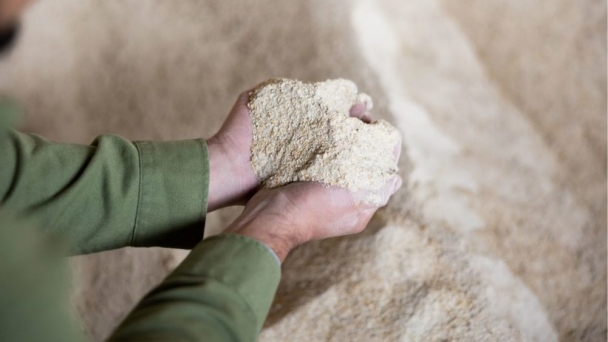
(VAN) Milled products purchased by the US government for international food aid in fiscal year 2024 nearly tripled from the previous year, according to the North American Millers’ Association (NAMA).
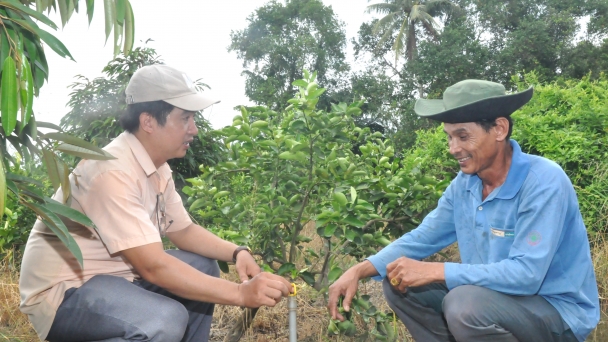
(VAN) The assignment of production unit codes is a mandatory requirement, akin to a "passport," that enables the exportation of numerous specialty fruits from Hau Giang to demanding markets.
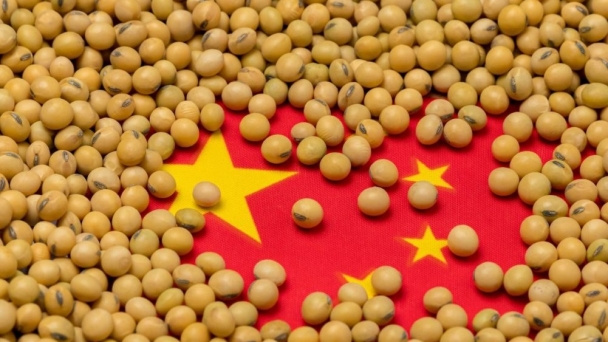
(VAN) If realized, production would be up slightly from a projected 19.7 million tonnes 2023-24.
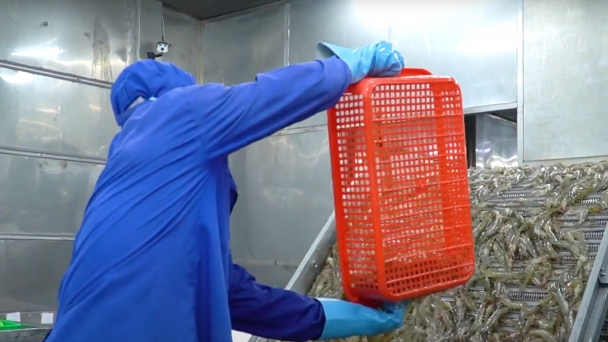
(VAN) Vietnam's seafood exports to China saw strong growth in the first 10 months of the year, making China - Hong Kong the largest market for Vietnamese seafood exports.
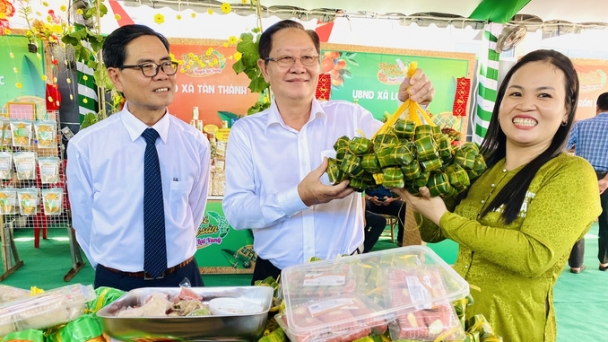
(VAN) The trade deficit has decreased after 15 years of encouraging Vietnamese citizens to prioritize the use of Vietnamese products, and there has been a consistent trade surplus since 2016.
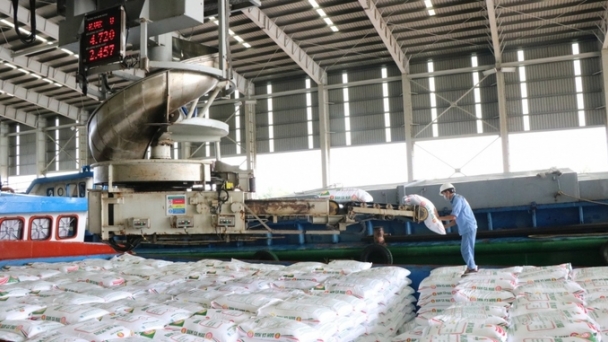
(VAN) After a sharp decline in 2023, fertilizer exports have regained growth this year, both in volume and value, although export prices are still on a downward trend.

(VAN) Despite the numerous obstacles, Vietnam is confident that its seafood export turnover will surpass 10 billion USD in 2024.